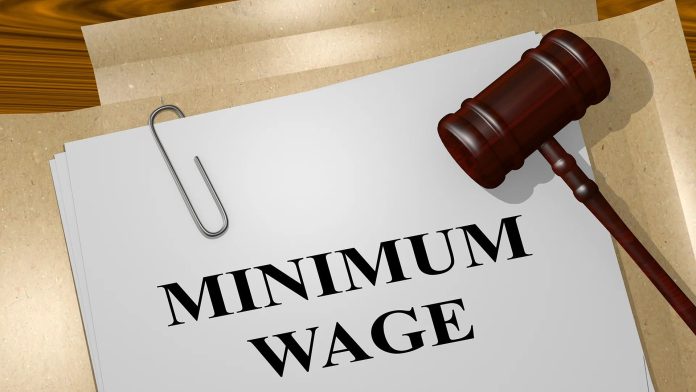Georgia – In Georgia, earning just the minimum wage makes it tough to cover basic needs like a place to live, utilities, food, and gas. Here’s a closer look at the situation.
The difference between what people earn and what they need to live without financial worries is called the “living wage gap.”
Georgia’s minimum wage is set at $5.15 an hour by the state, which is lower than the national minimum of $7.25. Research shows that this gap is $10.47, the widest in the U.S., meaning to live comfortably, a person should earn at least $17.72 an hour in Georgia.
This calculation includes the costs of housing, childcare, and healthcare. The gap has grown because wages haven’t kept up with rising prices in 2022 and 2023.
This issue affects everyone, but it hits women harder in Georgia, leading to them earning $14 billion less annually, which affects their ability to provide for their families and save for the future.
Despite this, Georgia isn’t planning to increase its minimum wage in 2024, keeping it among the lowest in the country, as reported by the AARP.

Living wage gap across the nation
The stark reality of America’s wage crisis has been brought to light by an interesting study from the Massachusetts Institute of Technology. It shows that the minimum wage does not cover basic living costs in any state in the country. This difference, called the “living wage gap,” shows how hard it is getting for millions of Americans to make ends meet. Hawaii, Georgia, and Utah are having the most trouble with their finances.
Read also: Georgia is becoming ‘a state of the uninsured’ as patients continue to lose healthcare coverage
Georgia and Utah with the largest living wage gap
The difference between what people earn and what it costs to live has grown alarmingly large in states like Georgia and Utah where the minimum wage stays at the federal level of $7.25 an hour. Hawaii has the biggest living wage gap in the country, even though its higher minimum wage of $12 (which will soon go up to $14) makes up for it. This is mostly because of the state’s very high cost of living.
The study shows a worrying pattern: states that follow the federal minimum wage tend to have living wage gaps that are bigger than average. Only this year, 21 states reported gaps of more than $8 per hour. All but Hawaii followed the federal rate. The problem got worse when wages weren’t changed to reflect rising prices in 2022 and 2023. As a result, there are now 21 states with substantial wage gaps, compared with three before.
Virginia stands out as a beacon of progress
Virginia is an example of progress because it just raised its minimum wage for the first time in more than ten years. This change has cut the gap between the minimum wage and the living wage from more than $9 to just over $7, which is a good example for other states to follow. Virginia’s minimum wage will likely reach $15 by 2026.
States with big wage gaps include New York, Florida, and Maryland. However, their efforts to raise minimum wages have helped to some degree. Even so, there are still big gaps in these areas, showing that wage inadequacy is a widespread problem even in places where higher wages are required.
Washington, Vermont, and Maine have the smallest living wage gaps
The study figures out the living wage by looking at common costs like housing, food, childcare, and medical care. This gives a full picture of the financial problems the average American worker faces. Better news: the gaps are the smallest in states like Washington, Vermont, and Maine. This is because they have higher minimum wages and generally lower costs of living.
Read also: Gov. Kemp’s sharp rhetoric on Trump: “This election should be about results, not personalities…”
This in-depth analysis of America’s living wage gap not only shows the immediate financial challenges, but also calls into question the sustainability of current wage policies. As the gap grows, the need for action grows, pushing for a new look at wage standards to make sure that all Americans can afford a basic standard of living.
